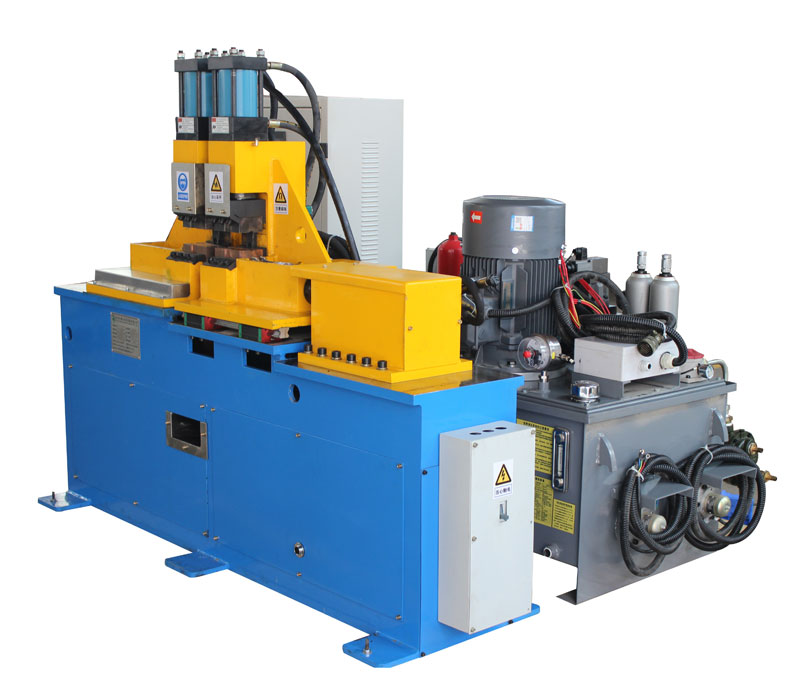Flash butt welding is a versatile and widely used method for joining metals, ensuring a strong and durable connection. To obtain top-notch joints using flash butt welding machines, it is crucial to understand the process and follow best practices. In this article, we will delve into the key steps and considerations for achieving high-quality joints with flash butt welding.
- Select the Right Materials: The quality of the base materials significantly influences the final joint’s strength and integrity. Ensure that the metals to be joined are of the same grade and composition, as variations can lead to weak welds. Additionally, make sure the materials are clean and free from contaminants to prevent impurities from affecting the weld.
- Proper Alignment: Precise alignment of the workpieces is essential. Misalignment can lead to irregularities in the joint, compromising its strength. Utilize fixtures and jigs to maintain the correct positioning and ensure a uniform contact surface.
- Optimize Welding Parameters: Flash butt welding machines offer a range of parameters that can be adjusted to achieve the desired joint quality. Parameters like current, pressure, and upset time should be optimized according to the specific materials and joint requirements. It’s important to run trial welds to find the ideal settings for your application.
- Maintain Consistent Current: Consistency in current during the welding process is crucial. Fluctuations in current can result in irregular heating and potentially weaken the joint. Modern flash butt welding machines are equipped with advanced controls to help maintain a steady current.
- Control Upset and Flash: Proper control of the upset and flash processes is vital for obtaining high-quality joints. Upset, or the compression of the workpieces, should be done with precision to ensure a uniform connection. Additionally, the flash removal process should be controlled to prevent excessive material loss and maintain the joint’s integrity.
- Post-Weld Inspection: After the welding process is complete, it’s essential to inspect the joint for any defects or irregularities. This can be done through non-destructive testing methods like ultrasonic or X-ray inspections. Identifying and addressing any issues at this stage is critical to ensure the joint’s quality.
- Quality Assurance: Implement a robust quality assurance program to monitor and document the welding process. This includes maintaining records of welding parameters, materials, and inspection results. Such records are invaluable for traceability and continuous improvement.
- Operator Training: The skill of the operator plays a significant role in achieving high-quality joints. Proper training and experience are essential for understanding the machine’s operation and handling any unexpected issues during the welding process.
In conclusion, achieving high-quality joints with flash butt welding machines requires careful consideration of material selection, proper alignment, optimal welding parameters, consistent current, precise control of upset and flash, thorough post-weld inspection, quality assurance, and well-trained operators. By following these guidelines, you can ensure the durability and reliability of your welded joints in various industrial applications.
Post time: Oct-28-2023








